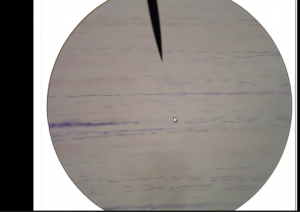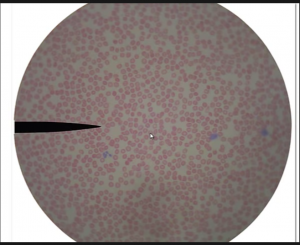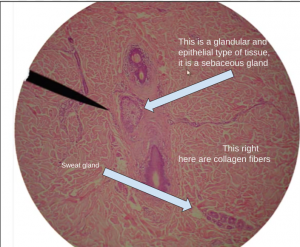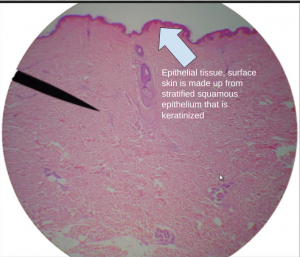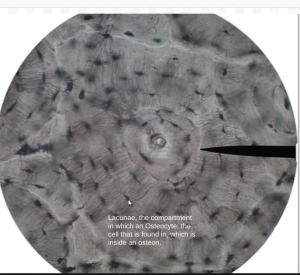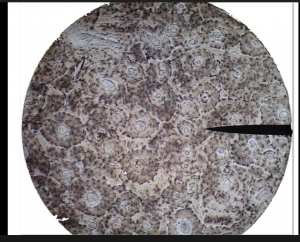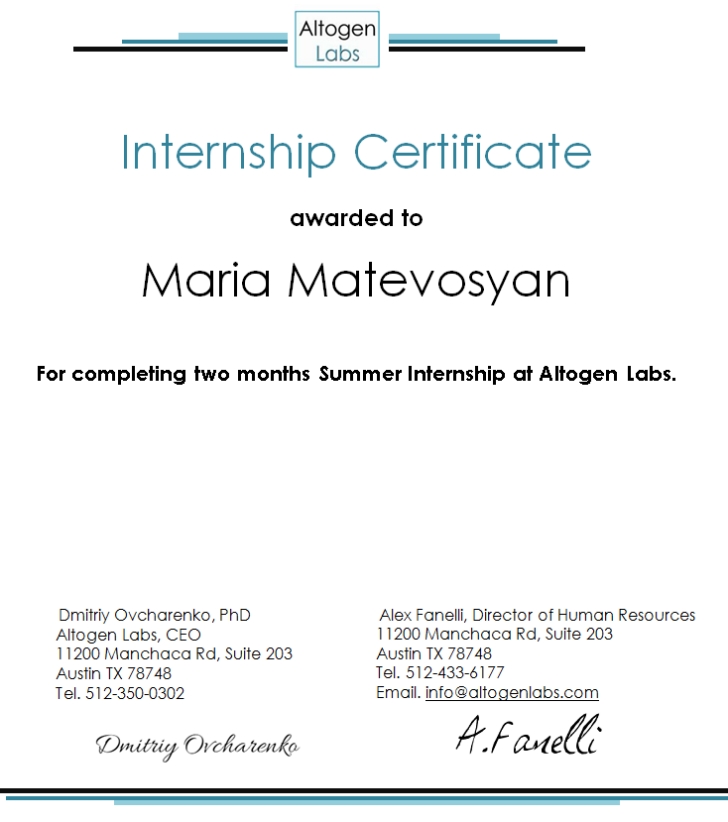From Dima: Masha, you signed up for a summer internship project that will take a lot of your time and effort. This will not be easy. Please set your expectations that there will be a lot of work to do. Your parents will probably be checking this page and keep bothering you on “why you didn’t update this page for 2-3-4-5… days now?” Remember, all you will get from this is a piece of paper that will state that you passed (or failed) summer internship at biotechnology company in Austin, TX.
Please use this page as your science notebook for your summer internship – all your answers, observations, questions, and results – all should be added here on this page (you can add text and post pictures here; using this page will also teach you how to use the WordPress platform). Please start with internet research regarding the instrument you received by answering the following questions (copy/paste will not work, you will need to perform the internet research using google.com and then write your own answers to the following questions):
Model and name of the instrument: Microscope, Olympus BHTU / BH-2
What is it used for? To view samples on slides and see observe the samples to see things that would be otherwise impossible to see with the naked eye.
Who needs it? Scientists and manufacturers, because scientists can look at samples up close to learn more about the said samples and make observations, and manufacturers need them to inspect their products before selling them to find faults.
What parts is it made of? It is made from mostly lenses, gears metal, plastic, and electronic parts for the light.
How does it work? Describe in great detail. Using the lenses inside the microscope to refract the light that passes through the slides that are being viewed so that when you look into the microscope, you see the magnified image, which allows you to then make observations. There are special handles connected to gears within the microscope that enable you to make large or small adjustments to the distance between the lense and slide that you are observing, which helps to make the magnification of the slide clearer or blurrier. You can switch between lenses and doing so will allow you to observe at a higher or lower magnification.
Were you able to find an instrument manual online? I was not able to, however, I already have a lot of experience with microscopes since childhood.
Read the manual. Describe what was clear in the manual and what was confusing. I in fact, also have a microscope and slides of a large diversity, so I can make even more observations.
After you have completed internet research, try to turn on the instrument and see what happens. Make a picture and post it here. You may be missing power cord and/or adapter cables (find out what cords/cables/adapters are missing, find missing part on Amazon or Ebay, and post Amazon/Ebay link here, so I can get you the missing part). Some instruments been in storage and are very dusty – clean them with Windex spray and paper towels (your parents got a cleaning supplies cabinet somewhere in your house, find it).
Try to operate the instrument using the manual … is it working? Do you need certain supplies to make it work? Find the catalog numbers (from the manual) of the required supplies, where from they are available and post here links of what we need to order. Post here results of your testing, and how do you plan to move forward.
This is your notebook now …
I was able to get the microscope to work, and was able to adjust between lenses and distance between lense and slide perfectly fine, and the light was also working just fine. I took these pictures myself by putting my phone to the lenses
Very healthy and vibrant looking cells, I have yet to find out what this is.
6/28/20 Edit: there seems to be a lot of epithelium and adipose, I don’t yet know what this is but it probably is the lining of a hollow organ like blood vessels or intestines. I added labels to the picture:
Tadaaa!
All is well with the microscope.
This is from the samples on the left side of the slide, and it is clearly the opposite of the samples on the right, and the cells seem damaged and are not as vibrant as the others.
Some more of the same sample as the previous picture, which were taken from the samples to the right of the slide.
Left: damaged
Right: healthy
I am going to research histology on the internet. Luckily, I found multiple websites that explain histology and the identification of tissues and what you see under the microscope.
http://www.histologyguide.com/slidebox/slidebox.html
https://www.researchgate.net/publication/283490690_Junqueira’s_Basic_Histology_Text_Atlas_14th_ed
Some nice YouTube tutorials: https://www.youtube.com/results?search_query=histology+
From Dima: Masha GREAT JOB!
Read the details on what is Histology, how H&E works, how to identify different type of cells and tissue (how different disease cells/tissues look?):
https://histology.leeds.ac.uk/what-is-histology/H_and_E.php
Also, try to re-post the first 5 pictures, they do not show up for some reason.
I fixed the pictures! – Maria
Using this excerpt of the internship description, I will determine my learning goals:
Histology is the study of the structures of cells and tissues. Student will learn about the morphology of cells and the architecture of tissues, as well as how those structures indicate and facilitate the functions of cells and tissues. Histology focuses on the normal, how cells and tissues should appear in the absence of disease or infection. Understanding the normal will allow student to identify changes that occur to cells and tissues during disease.
Student will learn basics of the most commonly used staining system that is called H&E (Haemotoxylin and Eosin). Student will get microscope and hundreds of slides for identification of cells (muscle and brain cells, fibroblasts, astrocytes and adipocytes), cell compartments (nucleus, cytoplasm, ribosomes, endoplasmic reticulum, intracellular membranes), extracellular fibres and materials (carbohydrates in cartilage), and various types of H&E stained tissues. Eosin is an acidic dye: it is negatively charged and stains basic (or acidophilic) structures red or pink (e.g. cytoplasm). Haematoxylin is used to stain acidic (or basophilic) structures a purple-blue.
Learning goals:
- morphology of cells
- architecture of tissues
- how those structures indicate and facilitate the functions of cells and tissues
- how cells and tissues should appear in the absence of disease or infection, normal
- identify changes that occur to cells and tissues during disease
- learn basics of the most commonly used staining system that is called H&E (Haemotoxylin and Eosin)
- identify what slide is Haemotoxylin stained and what slide is Eosin stained
What is included in the slides: cells (muscle and brain cells, fibroblasts, astrocytes and adipocytes), cell compartments (nucleus, cytoplasm, ribosomes, endoplasmic reticulum, intracellular membranes), extracellular fibers and materials (carbohydrates in cartilage), and various types of H&E stained tissues (Just to know what to consider when trying to identify slide)
Notes from research:
Adipocytes – fat cells
If there is a big white spot where there is epithelium closed around it, it may be a blood vessel. For example, the below photos depict adipose tissue:

This is blood, the dots are red blood cells/ erythrocytes. The bluish stained dots are white blood cells, the white blood cells usually stain blue/ purple. There are also platelets which play a role in stopping bleeding or blood clotting. The platelets are darker colored than the red blood cells, but are still hard to spot.
Note: look up blood histology.

Hemostasis – the stopping of the flow of blood, notice the word stasis in there.
This is dense regular connective tissue. Notice the wood-like appearance, that’s a way to identify it. There is sub – microscopic collagen fibers which are all aligned and give this tissue it’s wood like appearance.
Collagen – a protein that provides structure to your bones, skin, tendons, and ligaments.
Fibroblasts- cells that are found in connective tissues.
We would find dense regular connective tissue in tendons and ligaments.
This is skin, the pinkish orange area contains collagen fibres, this time that aren’t running in the same direction, therefore it is dense irregular connective tissue. The big purple blotches are hair follicles, and are lined with epithelial tissue (what is the difference between epithelial and epithelium?) The white dot in the center of the hair follicle is the hair shaft. Same slide, smaller magnification.
Bone tissue, the circles are called osteons which indicate that this is bone tissue.
